Benedict Freudenmann
Benedict Freudenmann is a Clinical Nutritionist, whose passion for health and knowledge makes him an inspiring practitioner.
Benedict’s education in the world of Natural Medicine began in 2006 when he traveled the world alongside his parents, filming the documentary ‘Cancer is Curable Now’ (now known as ‘Truly Heal from Cancer’). Despite completing a Degree in Journalism, Benedict realized that his true passion lay in nutrition & alternative medicine.
Benedict completed a Bachelor of Health Science majoring in Nutritional Medicine. Since that time, Benedict has co-authored the ‘Truly Heal’ functional medicine workbook and online health coaching program, worked in a variety of health related roles and co-founded the Truly Heal Functional Medicine Practitioner Application.
In 2015, Benedict worked as a Clinical Nutritionist at the Arcadia Praxis, a world leading alternative cancer clinic based in Bad Emstal Germany. Working closely with the team of doctors at Arcadia, Benedict found his strength in supporting and helping chronic disease patients on their healing journey.
Benedicts, methodology to treatment is fundamentally based around; understanding, finding and resolving the underlying causation of chronic diseases. His systematic and analytical case taking approach, combined with targeted functional testing, enables him to treat effectively and precisely, whilst empowering his clients to Truly Heal.
To resolve the underlying causes of disease Benedict investigates 5 major factors affecting health: Toxicity, Infection, Inflammation, Acidity, Deficiencies and Psychological. Benedict’s treatments incorporate dietary/lifestyle interventions as well as research based supplementation and alternative therapies.


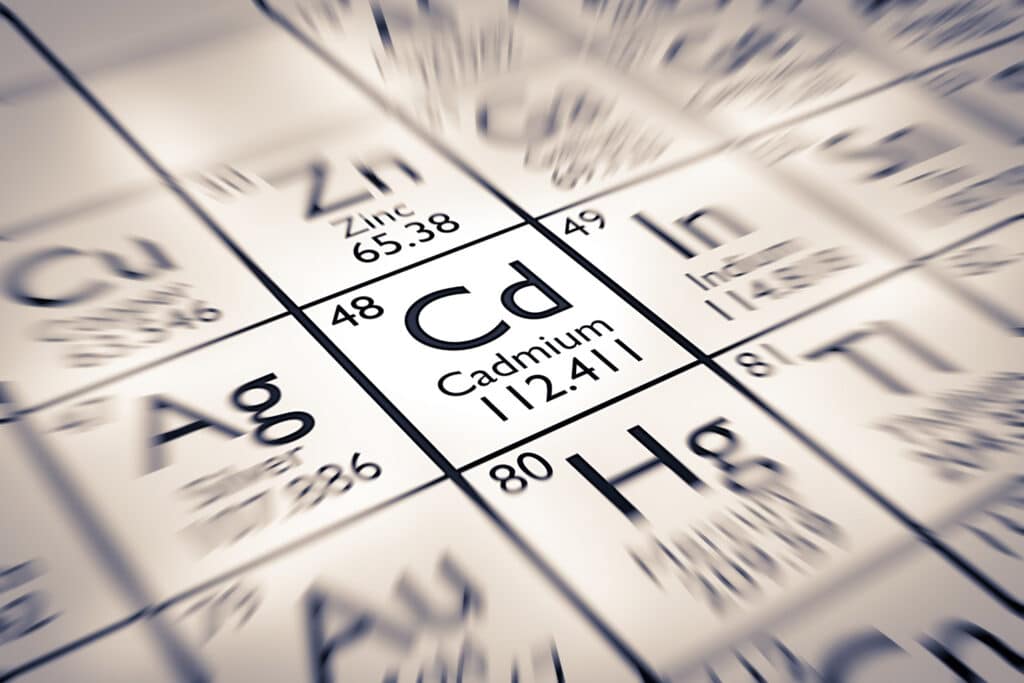
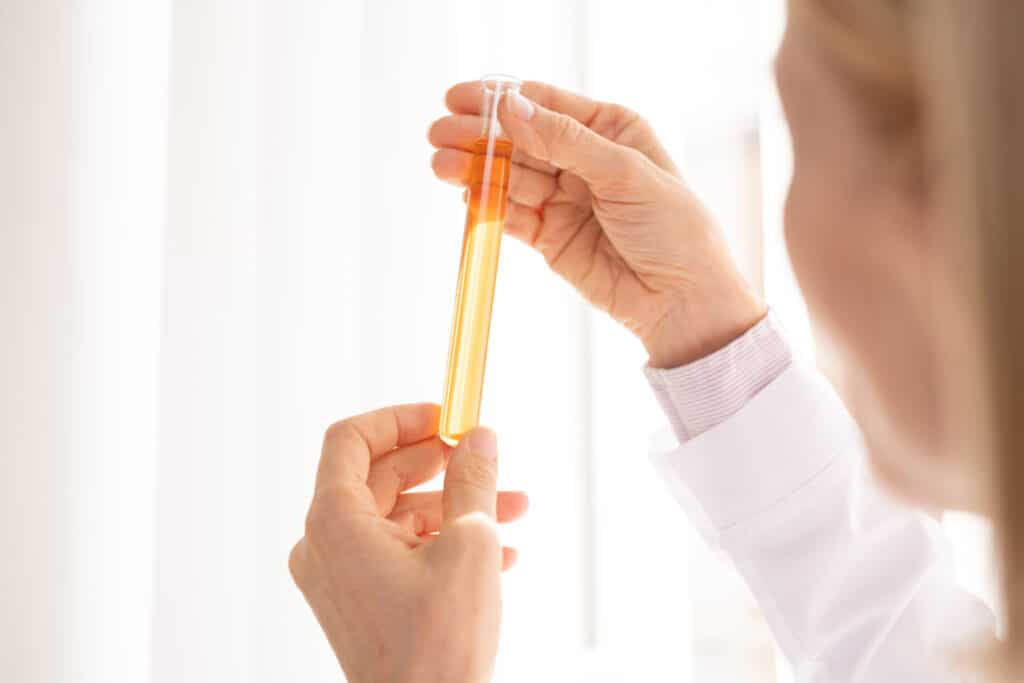

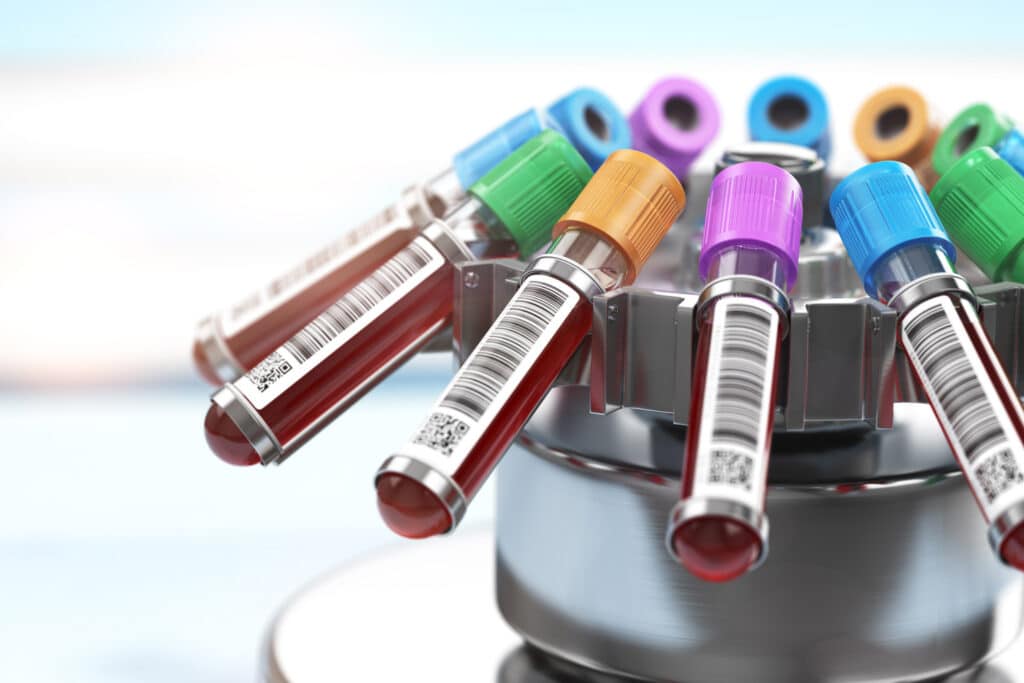

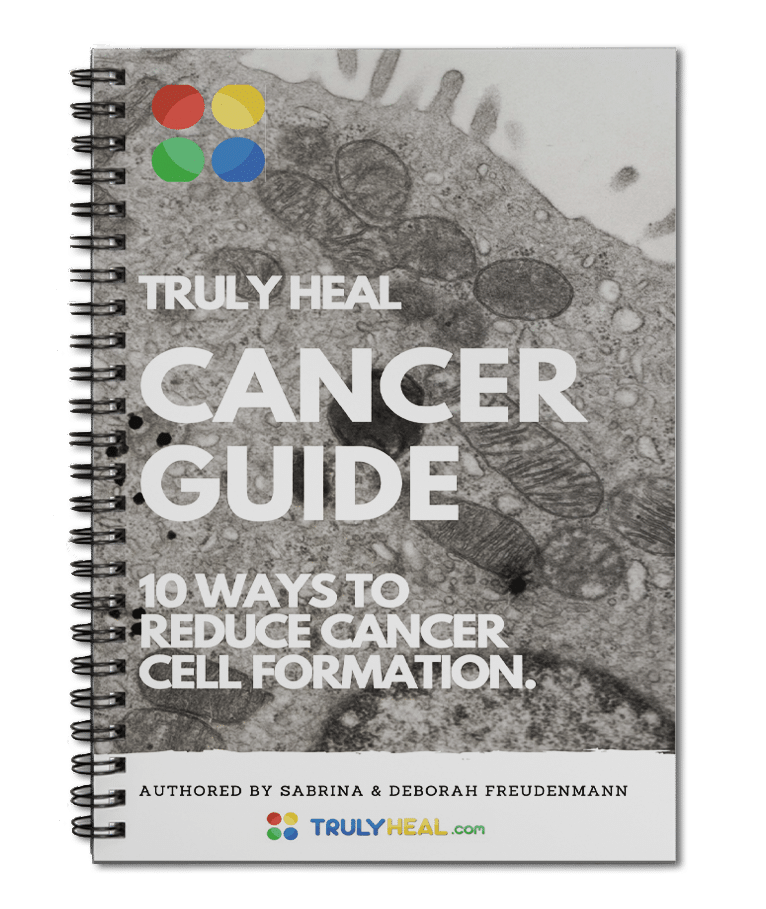
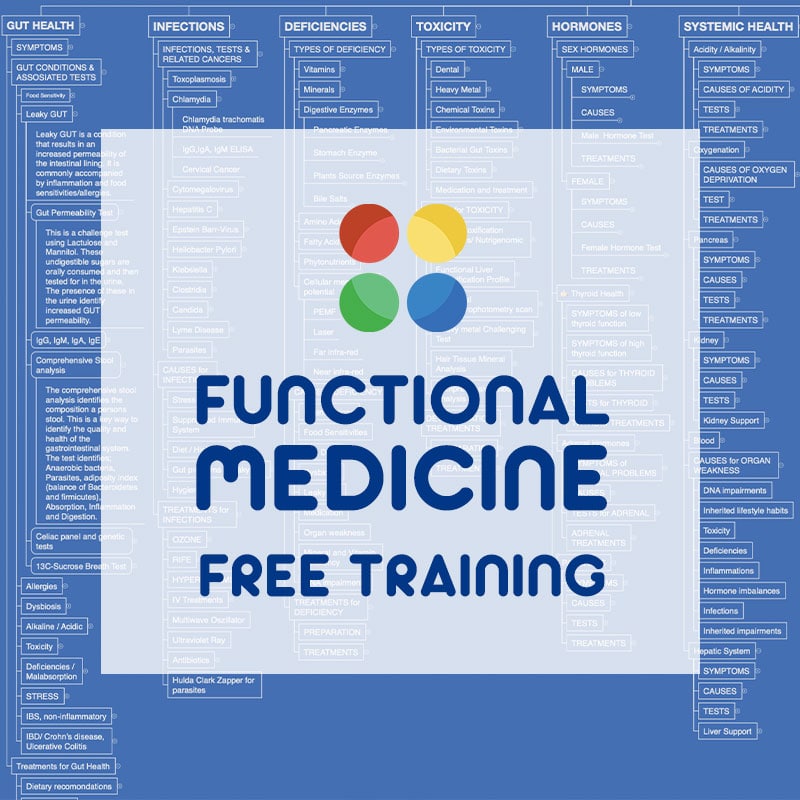


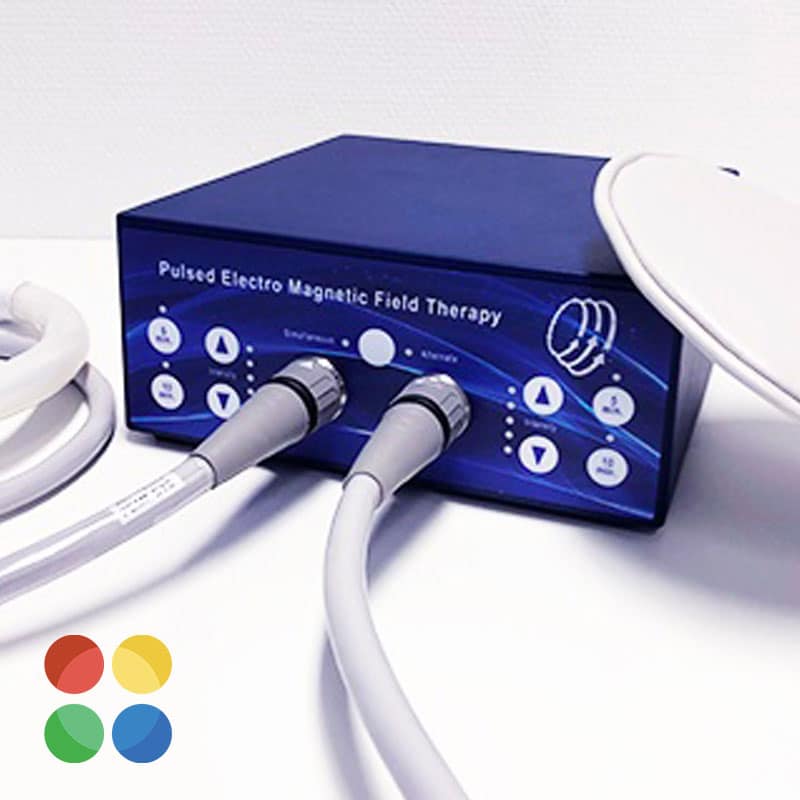




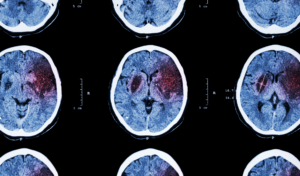
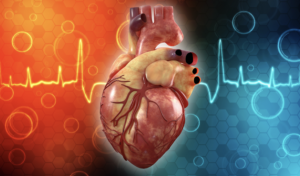


3 Responses
That does make sense. Since mercury is prevalent and so toxic,knowing actual levels would be helpful. What might the costs be to run this tri fecta? It sounds like doing a challenge could be hard on the body if youre excreting mercury , because some would likely get recirculated through the hepatic portal. Too many people just end up recirculating mercury and not getting rid of it.
And, In lieu of what mercury can do and knowing that it gets in brain tissues,
What do you think of thermography for looking at the brain….not to diagnose mercury poisoning or exposure but to see if there was damage? Is that a viable method?
You aren’t mentioning biggest route for heavy metals elimination?
Stool. Why do you think that liver, which is storing ferritin, isn’t storing others heavy metals as well? It’s our filter. Also heavy metals and chemicals (liver test GGT over 16), are to blame, why liver is producing bad cholesterol, which body can’t utilize. Industry don’t teach kids, that, if you want to make cheap hard margarine from crapy oils, you use heavy metals as catalysts. Doctors should, with urine challenge test, do also stool challenge test. Actually provoked liver bile test with binders. But that would undermine their teachings. And profits.
Hi – I am trying to find the link to the tri mercury test and I can’t find it on the link you have in the email. Can you please send it to me?